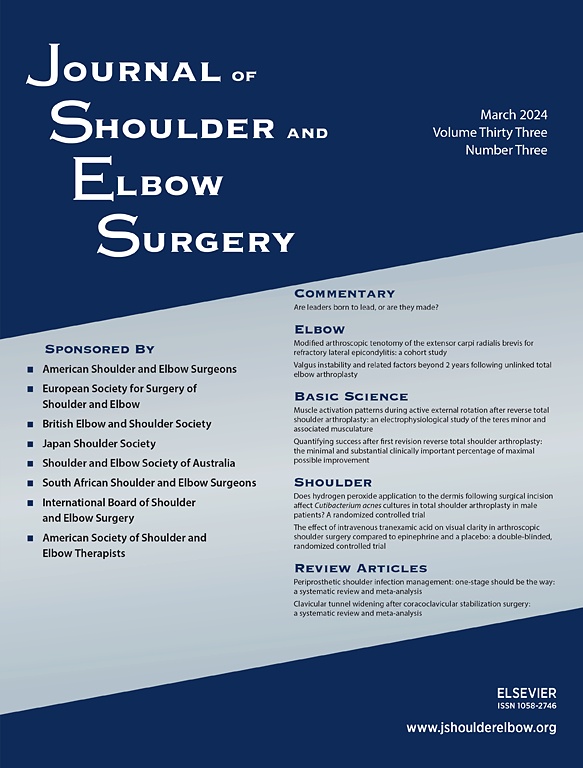
Finned central-pegged vs conventional central-pegged all-poly glenoid in total shoulder arthroplasty

Finned central-pegged vs conventional central-pegged all-poly glenoid in total shoulder arthroplasty
Radiographic comparison of finned, cementless central pegged glenoid component and conventional cemented pegged glenoid component in total shoulder arthroplasty: a prospective randomized study
J Shoulder Elbow Surg. 2018 Jun;27(6S):S10-S16Did you know you're eligible to earn 0.5 CME credits for reading this report? Click Here
Synopsis
54 patients scheduled for total shoulder arthroplasty were randomized to either a finned central-pegged or conventional central-pegged all-polyethylene glenoid component. Central pegs were cementless in the finned group and cemented in the conventional group. Patients were assessed for the incidence of radiolucency of the glenoid component within 2 years of surgery. Results demonstrated no signifi...
To view the full content, login to your account,
or start your 30-day FREE Trial today.
FREE TRIAL
LOGIN
Forgot Password?
Explore some of our unlocked ACE Reports below!

Learn about our AI Driven
High Impact Search Feature
Our AI driven High Impact metric calculates the impact an article will have by considering both the publishing journal and the content of the article itself. Built using the latest advances in natural language processing, OE High Impact predicts an article’s future number of citations better than impact factor alone.
Continue



 LOGIN
LOGIN

Join the Conversation
Please Login or Join to leave comments.